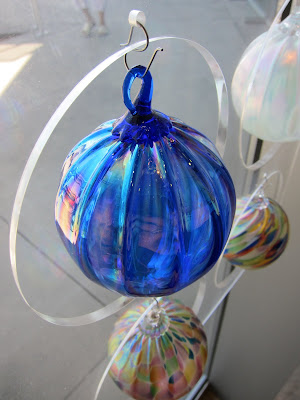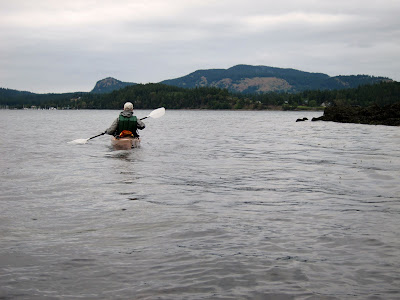 Ever think of museums as static, slightly boring places?
Ever think of museums as static, slightly boring places? Down on the Thea Foss Waterway in Tacoma, in a scenic post-industrial setting, the Museum of Glass is many things, but certainly not boring. It’s a dynamic, education-focused place with mind-bending glass art, videos, glass blowing demonstrations, a great café and store, and, occasionally, karaoke in “the cone.”
With Tacoma-born celebrity glass artist Dale Chihuly and the Pilchuck Glass School leading the charge, the Pacific Northwest studio glass art scene vaulted onto the world stage in the early 1980s. Since then, visiting and aspiring glass artists have been drawn to our region. What better way to celebrate our glass art than spending an afternoon at the Museum of Glass?

For my sister’s birthday, we take a family field trip there for lunch, exploring and hitting the afternoon show in the Hot Shop (the cone structure that houses an amphitheater for glass blowing demonstrations).
It’s a gorgeous sunny July day, so we grab lunch in Gallucci's Glass Café and eat outside on the spacious patio overlooking the waterway. Sandwiches, pasta, and salads are all pretty good, but we decide my sister’s pasta dish is the tastiest.


I stroll down to the waterway for a look. The overall setting is a stunning marriage of a revitalized, formerly industrial waterway, public art, brilliant use of open space, and architectural savvy. I hate to sound like a snob, but it’s hard to believe we’re in Tacoma and not somewhere more cosmopolitan. Wait–I guess that means Tacoma is cosmo!

I’m excited to see the Preston Singletary exhibit. I’ve seen and been inspired by his work, which fuses his Northwest Coast Indian (Tlingit) heritage with contemporary art in glass. In the main gallery, we browse past his beautifully rendered pieces that replicate traditional Tlingit art forms in glass. Classic masks, cedar-bark hats, argillite bowls, bent wood boxes, and baskets are all here, but luminously transformed by the medium. (Photos not allowed in the exhibit but here’s a “basket” in the gift shop.)

Of course we have to cruise through the gift shop, where the offerings range from relatively inexpensive hand-blown glass orbs to pieces by various glass artists.


Then we head across the open lobby to the Hot Shop inside the 90-foot-tall cone for the afternoon glassmaking demonstration in this state-of-the art glass-blowing studio. This week’s visiting artist is Richard Craig Meitner, all the way from the Netherlands.


While the Hot Shop team glass artists expertly move molten hot glass on the end of metal rod in and out of the glowing red ovens, our fun interpreter Heather Cornelius warms up the crowd. “Who’d like to sing along to the music?” she says, waving the microphone in hand.

A woman in the row in front of me volunteers, and lucky her. After she warbles out a few a lines of “I love Rock ‘n Roll,” with the audience clapping and guest artist Richard dancing along, she is presented with a hand-blown goblet. (Note to self –next time I go, be brave and volunteer!)
After about 30 minutes of careful glass work, watching the glowing red orb of glass at the end of the rod get larger and larger, Heather tells us the excitement is about to pick up.


We watch rapt as Ben plunges the rod back into the oven, moves in close, starts spinning. Suddenly the globe flattens out to a large disc. He pulls it out, Alex makes a precise hit, and Gabe, dressed like an astronaut out for a lunar walk, grabs the disc with gloved mitts and walks quickly over to a cooling rack. Viola!


Since it is a beautiful afternoon, we shuffle out to go cross the Chihuly Bridge of Glass that spans a highway and railroad tracks between the Museum of Glass and the Washington State History Museum, next to the old Union train station. The bridge is of full of gorgeous glass pieces beside and above us.



We spent about three hours at the museum, but you could make it a longer day. Rent kayaks and explore the waterway, visit the State History Museum and Tacoma Art Museum, or walk along the waterfront.

When You Go
Click here for directions and parking information. The museum is open seven days a week, 10 a.m. to 5 p.m. Monday through Saturdays, noon to 5 p.m. on Sundays. We parked in the garage beneath the museum. Admission of $12 for an adult, but free the third Thursday of each month from 5 to 8 p.m.








































